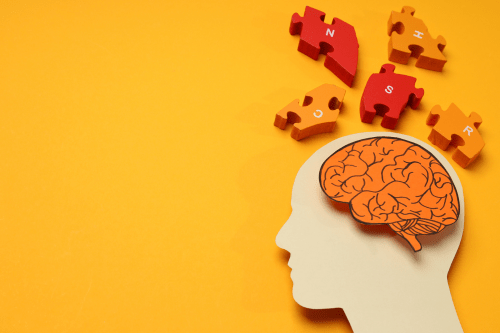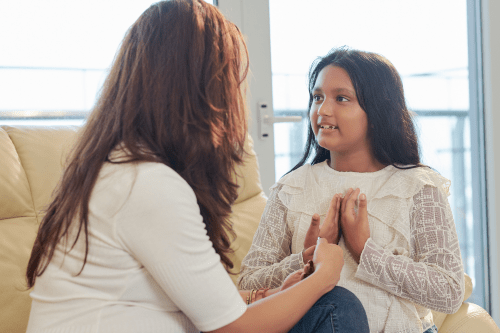A move to a new city and school. A sprained wrist from a bicycle fall. The loss of a pet. These common childhood experiences can create anxiety, physical pain, and emotional distress. Most children will experience one or more of these, or similar, events and often others that produce even greater difficulty and anguish—such as parents divorcing, a more serious injury, or the death of a family member. While these events can precipitate feelings that range from sadness and heartache to anxiety and fear, their effects are usually short-term, and most children move on (one hopes), especially if the events are managed successfully with support from nurturing and stable caregivers. If so, then the child grows from these experiences by developing new coping skills and resilience.
Sometimes, however, a stressful experience overwhelms the child’s natural ability to cope. In this case, the experience is categorized as trauma. What constitutes trauma, and what kinds of experiences bring it about? Why are some children more resilient when it comes to traumatic experiences, and what are the effects on those children who are unable to cope? How can parents help their children navigate traumatic experiences? We address these fundamental questions below.
What is Child Trauma and How Does it Impact Children?
The Northwestern University Center for Child Trauma Assessment, Services, and Intervention (CCTASI) defines child trauma as “a scary, dangerous, violent, or life threatening event that happens to a child (0 – 18 years of age) … [causing the child to] become very overwhelmed, upset, and/or feel helpless.” Potentially traumatic events include but are not limited to:
- Abuse (physical, sexual, or emotional)
- Neglect
- Effects of poverty (homelessness, food insecurity)
- Being separated from or loss of a loved one(s)
- Bullying (including cyberbullying)
- Domestic, school, or community violence
- Racism
- Discrimination
- Unpredictable parental/caregiver behavior due to addiction or mental illness
- Natural disaster(s)
According to the Child Welfare Information Gateway, in many cases, children “recover quickly from a potentially traumatic experience with no lasting harm … [but] for other children, trauma interferes with normal development and can have long-lasting effects.” Trauma can impact children’s:
Body
- Inability to control physical response to stressful events
- Chronic illness, even into adulthood (e.g., obesity, heart disease)
Brain
- Difficulty thinking, learning, and concentrating
- Impaired memory
- Challenges switching from one thought or activity to another
Emotions
- Low self-esteem
- Feeling unsafe
- Inability to regulate emotions
- Difficulty forming attachments to caregivers
- Trouble with friendships
- Trust issues
- Depression, anxiety
Behavior
- Lack of impulse control
- Fighting, aggression, running away
- Substance abuse
- Suicide
The CCTASI notes that, “Not all overwhelming or life threatening experiences are considered traumatic. Children interpret their unique experiences differently. A life experience that is traumatic for one child might not be traumatic for another.” The outcome is largely contingent on the child’s ability to cope, their degree of resiliency, as demonstrated by their stress response.
The opinions expressed in Montessori Life are those of the authors and do not necessarily represent the position of AMS.



